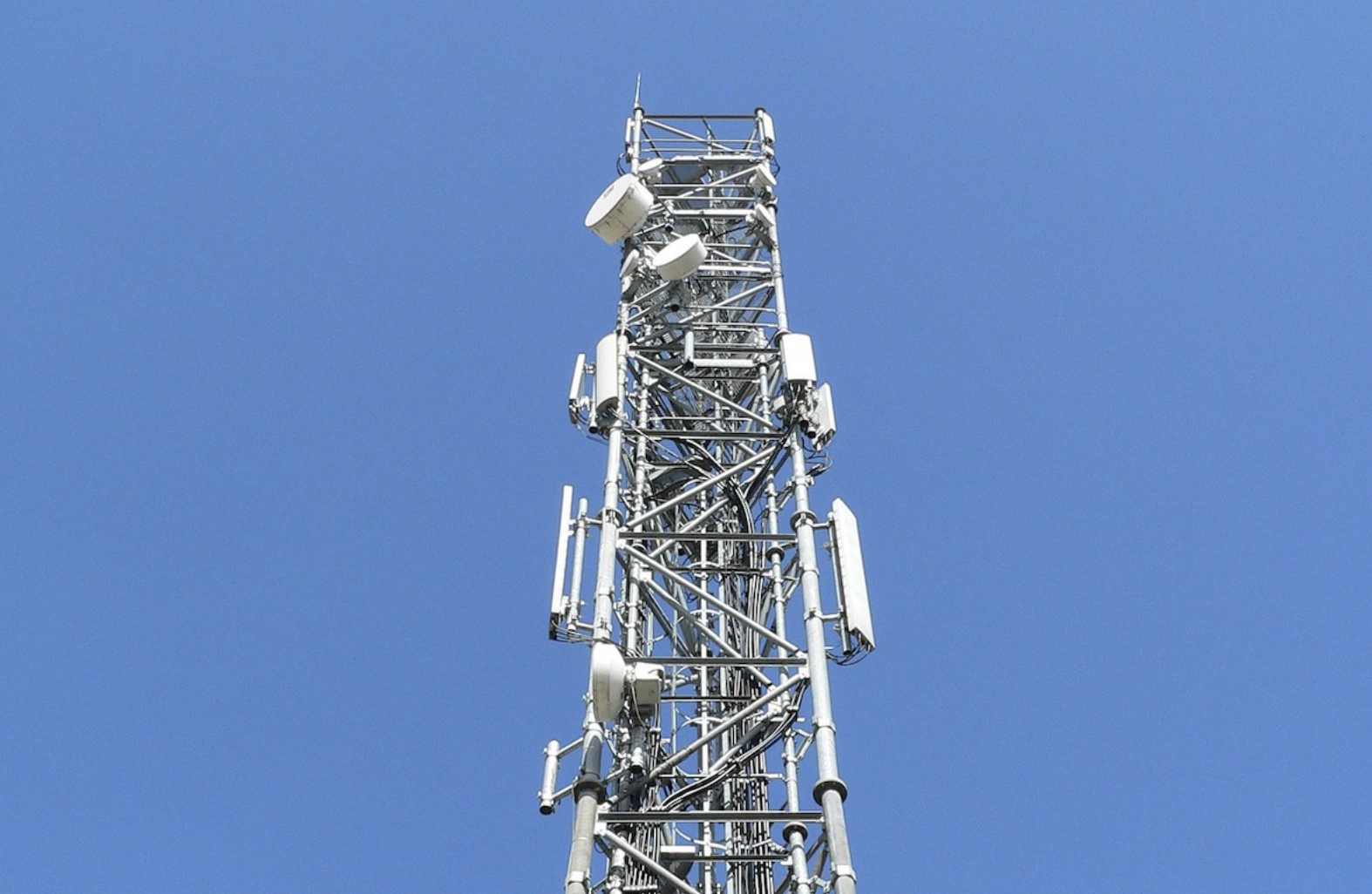
- Details
- By Chez Oxendine
- Economic Development
The initial development of fiber infrastructure across the United States intentionally skipped many tribal reservations to avoid zoning and sovereignty concerns, which continues to pose challenges for bringing connectivity to Indian Country.
A new report from the Communications Equity and Diversity Council of the Federal Communication Commission outlines the problem in detail, calling it “digital discrimination” or “digital redlining” and pointing to under-investment in typically marginalized communities on the part of larger broadband providers.
Digital redlining has created large gaps in access to broadband, which also limits access to industries and economic opportunities dependent on consistent, effective internet, according to the report.
“Internet access has become this colossally important thing,” said Dr. Richard Lynn, chairperson for the South Dakota-based Access Research Council. “People don’t really think about it because it’s so ubiquitous, but the internet has become the focal point of people’s jobs, their entertainment, their access to their money, their access to other outside resources, to information. Every river flows out of that central point of getting online.”
Researchers Terri Friedline and Zibei Chen found that Black and Brown communities increasingly developed larger and larger gaps in internet access, smartphone ownership, and online banking, with a subsequent increase in overall poverty as a result. Those relationships were inverted for white communities, which saw higher access to those technologies even in impoverished areas.
Lynn said the report’s findings only reinforced what many in Indian Country already knew: Past discrimination on behalf of both federal and private broadband efforts still has consequences decades after the fact.
Telecoms made strategic decisions to avoid going through Indian Country because doing so would have added additional layers of governmental approvals and complexity to the process, which incentivized them to deploy fiber in the quickest way possible, as Tribal Business News previously reported.
Given the lack of existing infrastructure, many tribal communities continue to struggle with basic access and face high cost barriers to lure networks onto their reservations.
To move forward, the system needs to correct that discrimination, starting with getting fiber backbone onto tribal lands, Lynn said.
“Wireless access is great, but it’s subject to every variable under the sun,” Lynn said. “You have bad weather? You’re offline. A tower gets hit by something? You’re offline. Wireless access is a great way to get that last mile out to people who live far away from central cities or towns, but eventually you have to put a wire in the ground to have reliable internet with enough bandwidth to support everyone using it.”
The Communications Equity and Diversity Council report stems from an FCC inquiry into digital discrimination that began in February 2022, directed by a provision in the Infrastructure Investment and Jobs Act. The FCC has since convened a task force and released the report, which details a push for states and federal regulators to develop anti-discrimination measures for service providers.
The report ultimately recommends a soft regulatory touch for the time being, aiming instead to build partnerships between states, service providers, and communities in need of improved access. Those partnerships should include regular “equity assessments” meant to prevent further inequity in deployments down the road.
By combining new data with improved policies, such as developing more frequent assessments of broadband conditions and focusing on including marginalized communities, state and federal legislators can drive new opportunities and ensure internet access across the entire country, according to the report.
While some large telecoms such as Verizon conceded a need for cooperation in building out new backhaul, AT&T bristled in response to FCC complaints and potential regulation, according to a July 2022 report from trade publication FierceTelecom. AT&T pointed to the $2 trillion in private investments poured into broadband operations over the past 25 years as proof that further regulation of any kind was unnecessary.
The company’s comments include an assertion that some groups want to “saddle” private companies with correcting broadband gaps regardless of discriminatory intent. Instead of demanding build-outs dependent on private investment, federal regulations should subsidize new development with federal dollars, AT&T commented.
Notably, the CEDC report discusses the difference between discriminatory intent and the effects of those actions, conceding that regardless of the initial intentions, digital redlining presents a severe problem for offline communities.
“It’s a knotty question because, yes, it absolutely costs an immense amount of money to get fiber anywhere, and while we certainly would want to connect everyone out of the goodness of our hearts, that’s not feasible without some pretty drastic federal measures,” Lynn told Tribal Business News. “But these companies shouldn’t be able to wash their hands of what they did while building out those first bones. Whether they meant to discriminate against people or not, the ultimate result is that we have people who can’t get online.”
Lynn said private companies shouldn’t shoulder the entire cost of getting tribal communities and other marginalized groups online, but they should play a “significant role” in partnering with state and federal governments to make it happen.
“In a perfect world, we’re going to find the money and the partnerships needed to get major wired connections to every community that needs them, and then wireless and last mile solutions from there,” he said. “But before that can happen, they’ve got to play ball. Until then, we’re going to continue scrabbling for solutions that only partially work, and that’s just going to reinforce the problems we’ve had for so many years already.”
